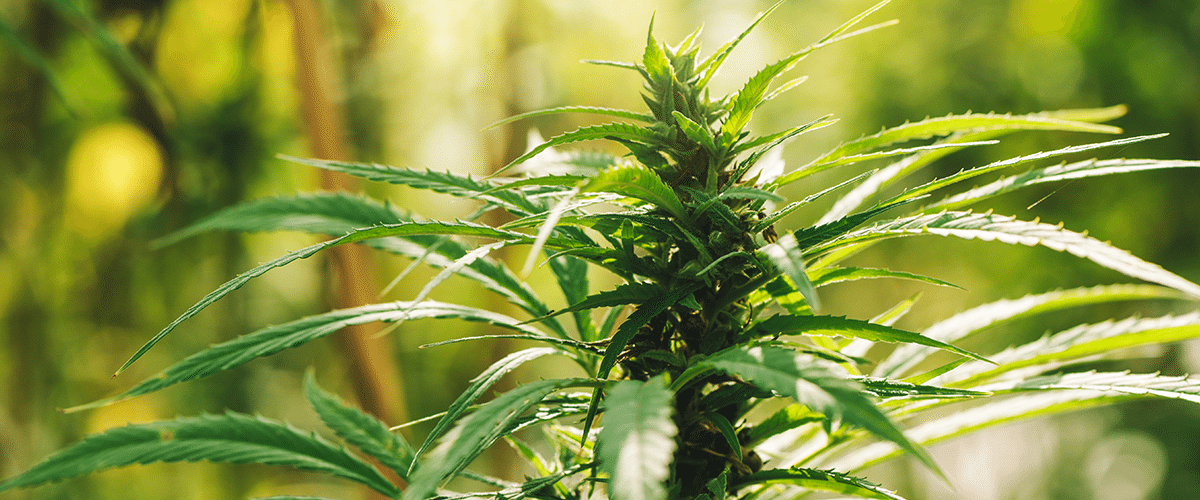[vc_row][/vc_row][vc_row][vc_column][vc_column_text]
Researchers from Hong Kong Baptist University have translated ancient Chinese medical literature to examine its references to cannabis.
Cannabis crops – both marijuana and hemp – have been cultivated and used to produce medicine, fiber and food in China for millennia. A new study published in Frontiers in Pharmacology examines the historical references to cannabis and its therapeutic applications in ancient Chinese medicine.
Despite there being extensive documentation on medical cannabis use in Chinese texts, few reliable translations exist, causing gaps in Western understanding of how cannabis and its cannabinoids have been used historically. Researchers E. Joseph Brand and Zhongzhen Zhao of the School of Chinese Medicine at Hong Kong Baptist University investigated and translated over 800 historical texts in an effort to better understand how cannabis has been therapeutically applied in the past.
“Pre-modern Chinese material medica texts, known as bencao, were systematically reviewed to investigate the historical applications of different parts of the cannabis plant,” the researchers explain in their study.
Discovering that cannabis and its effects have been documented in bencao texts from the Eastern Han Dynasty (c. 200 AD) up through the 20th century, Brand and Zhao focused primarily on literature that referenced cannabis’ applications related to epilepsy, pain, and mental effects or mental illness.[/vc_column_text][/vc_column][/vc_row][vc_row][vc_column][vc_single_image image=”17365″ img_size=”1200×250″ onclick=”custom_link” img_link_target=”_blank” link=”https://www.medicalmarijuanainc.com/overview-of-medical-marijuana-research/”][/vc_column][/vc_row][vc_row][vc_column][vc_column_text]According to the researchers, the very first reference to cannabis in Chinese medicine is found from a text produced between the first to second century AD. Divine Farmer’s Classic of Materia Medica (Shen Hong Ben Cao Jing) contains references to “mafen,” a term commonly used in historical Chinese sources for cannabis. It describes mafen’s euphoric effects, citing that “consumption frees the spirit light and lightens the body.”
The researchers found several references in ancient Chinese medicine literature to cannabis being used for pain. It’s earliest mention for pain management is in a second century AD text, Additional Records of Famous Physicians (Ming Yi Bie Lu). The text notes that cannabis can be used to “break accumulations, relieve impediment, and disperse pus” which the researchers claim references its efficacy for managing pain, restricted movement, and inflammation.
Tang Dynasty physician Sun Simiao (581-683 AD) wrote about crushing cannabis leaves to extract their juice to manage unbearable pain due to fractured bones. Heart Text of Bian Que, written by Bian Que Xin Shu (1127-1270 AD), describes combining cannabis flower with datura flower to produce “sagacious sleep powder” as a safe method for reducing pain.
Various historical Chinese sources also describe cannabis for managing mental conditions. In Materia Medica, published during the Kaibao Era (973 AD), Kai Bao Ben Cao writes, “cannabis causes happiness in the heart.” Sun Simiao’s Seventh century text Formulas Worth a Thousand Gold (Qian Jin Fang), describes cannabis effectively treating wind-withdrawal, a category of disease related to mental illness.
The study revealed that over time, there was an increased prominence of cannabis seeds within Chinese medicine, and a reduced prominence of other parts of the cannabis plant. Today in Chinese medicine, cannabis seeds – referred to as achenes — are an official component in the Chinese Pharmacopeia and used frequently as a moistening laxative.
The researchers also discovered an enduring confusion among cannabis plant parts among authors throughout the historical texts. Historical sources regularly used contradictory terms to reference cannabis and its various parts, complicating interpretation efforts.
You can read the entire study, “Cannabis in Chinese Medicine: Are Some Traditional Indications Referenced in Ancient Literature Related to Cannabinoids?” via the U.S. National Library of Medicine and National Institutes of Health.
Interested in learning more about medical cannabis research? Visit our education page to discover what studies have so far found, and our news feed to keep up with the latest research breakthroughs.[/vc_column_text][/vc_column][/vc_row]






